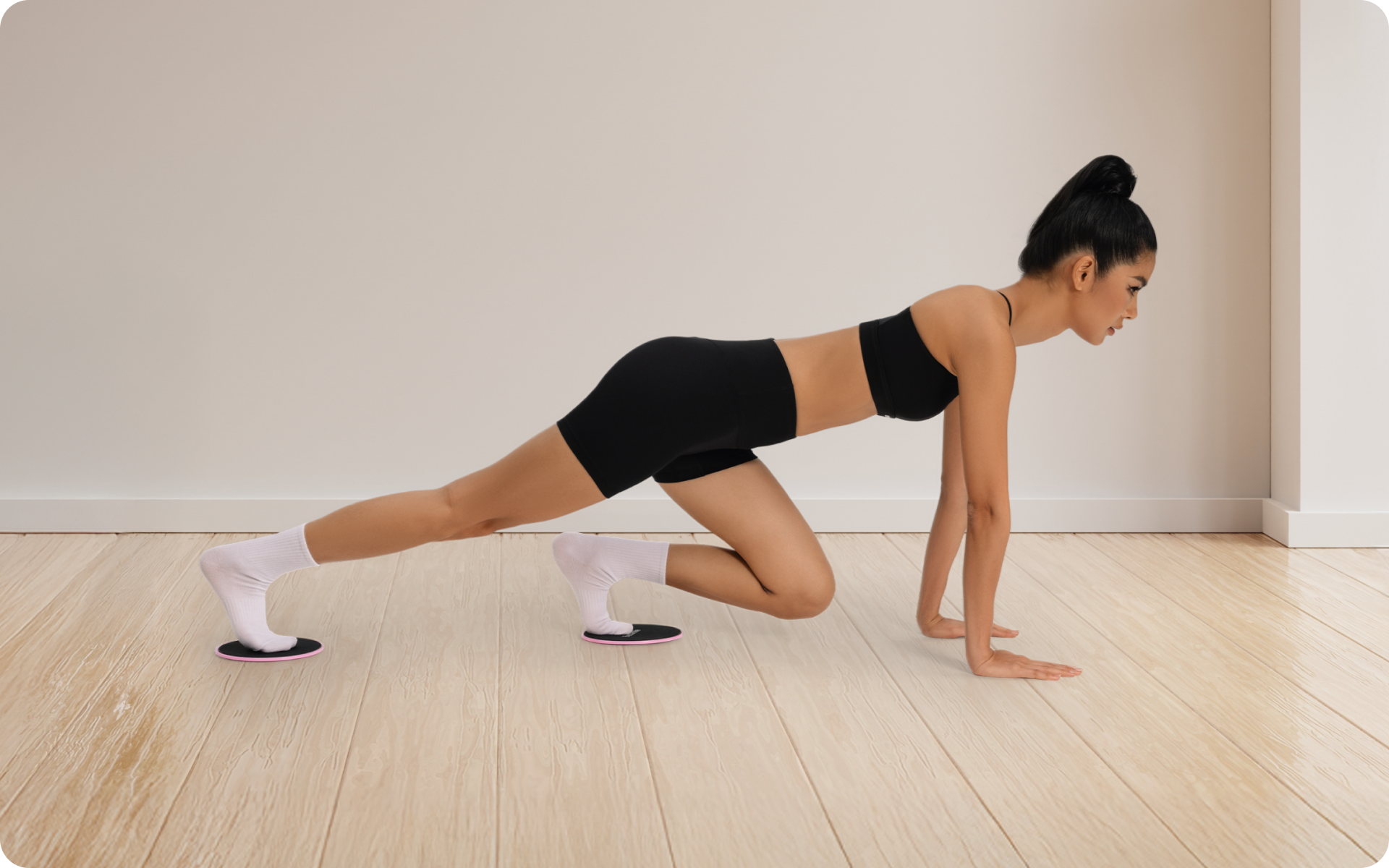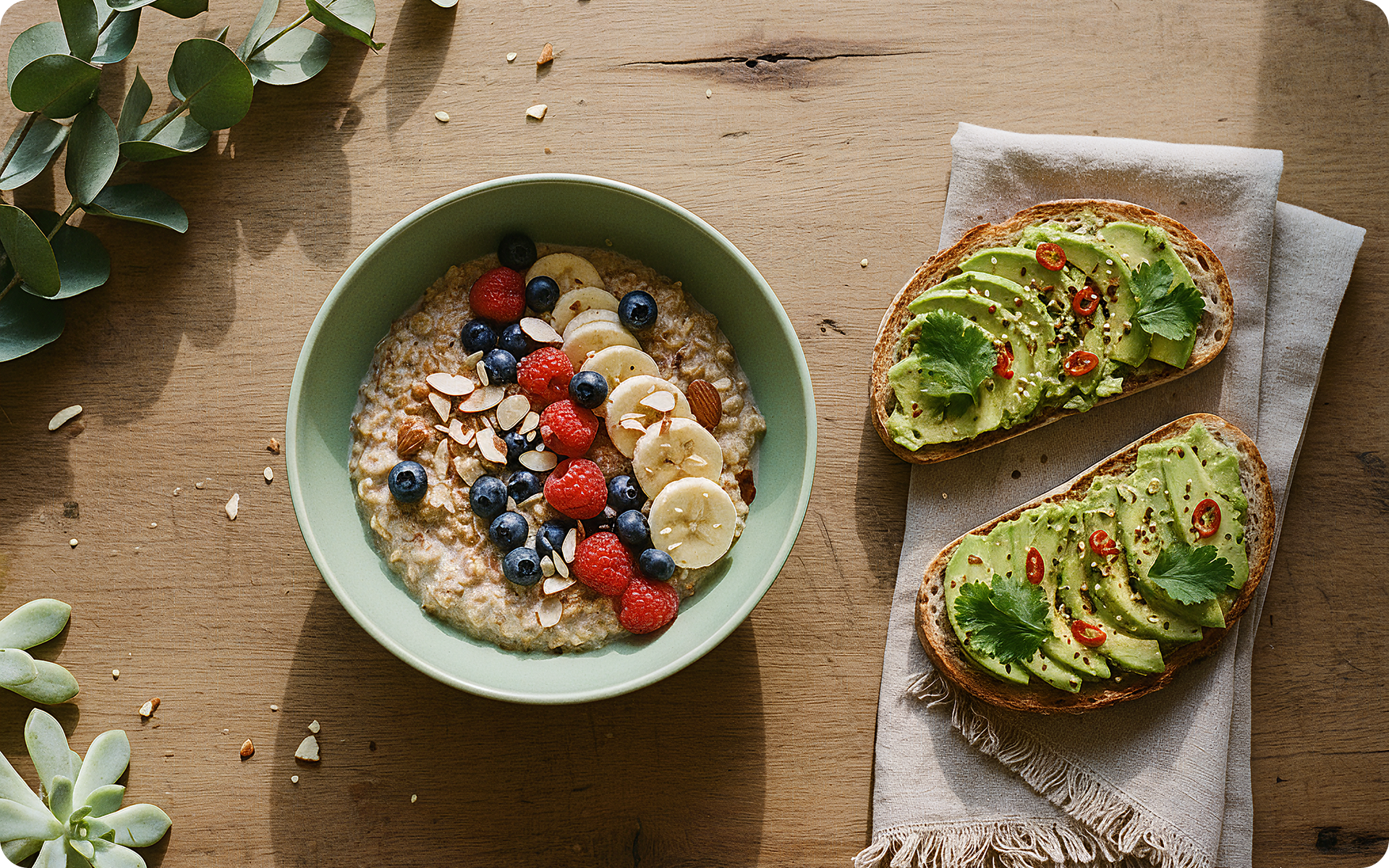Weight loss is one of the most common issues of our modern times. It has grown to be so widespread that you can even find TV shows where people with excess weight compete for prize money. As a general rule, the percentage of weight loss by each participant is compared to know who is in the lead and who eventually is the winner. By extension, there is an interest by many people all around the world who want to know how to determine their weight loss percentage. If you are one of them, this article will be helpful for you. So you may ask, how does one actually and correctly calculate the percentage of weight loss? Read on to figure this out!
How To Calculate Percentage Of Weight Loss: Formula
So, if you want to determine your percentage of weight loss, you should take a couple of certain steps (3):
- Figure out how many pounds you’ve lost.
- Divide this number by your initial weight.
- Finally, multiply the answer by 100 to get the percentage.
For better understanding, let’s imagine a person who weighs 200 lbs. He or she goes on to lose 50 lbs, so we have the formula: (50 lbs/200 lbs ) *100= 25. The result means that the person’s percentage of weight loss is 25%. Simply put, this individual has lost 25% of his or her initial weight.
Why Is It Useful?
This formula is one of the most popular weight loss estimators. You can use this method in order to evaluate the amount of weight you lose as a percentage and not just in the number of pounds. If you have begun your weight loss journey with your friends or family, this is a nice way to do it in a form of friendly competition like on TV shows. If one participant weighs 200 lbs and another – 150, they can still equally take part in the competition, as the results will be compared in percentage. This is also a nice way to motivate yourself and monitor your progress.
What Can Go Wrong?
If you have decided to make a competitive event out of it, you may really find this motivating and help the participants to shed surplus pounds more effectively. However, sometimes such a weight loss method can lead to a number of issues. For instance, the weight watchers can establish a number of unhealthy habits.
Some people may start training more than necessary. It is a well-known fact that the muscles need recovery days. Physical load causes the break down of muscle tissues, loss of fluid and the depletion of glycogen in your muscles, that is used by your body as an energy source. This puts a great stress on your body, and that is why you need to have a sufficient rest between your training sessions. This is the period of time when your body adapts to the stress of workouts and when it gets the effect of your training. If you don’t have recovery days, you might face an overtraining syndrome, which can be hard to overcome. The symptoms of this syndrome are headaches, depression, insomnia, irritability, pain in joints and muscles, poor appetite and more. By exercising obsessively, you significantly increase your risks to experience this syndrome (4, 5).
Read More: Weight Loss Workout Plan For Men To Make Those Extra Pounds Fly Off The Scale
People who take part in competitive events tend to exclude entire food groups from their daily menu. Some people won’t eat grains, others will avoid meats. Whatever food group you ban from your meal plan, you could damage your overall health. Your eating habits should be perfectly balanced so that your body gets all the essential elements it needs. You should consume fruits, veggies, whole grains, low-fat dairy, fish and other healthy food items for a healthy diet (6).
Another bad habit is to excessively reduce your daily energy intake. Again, your body has needs, and if you want to be healthy, you should consume as many calories as it is necessary. The amount of calories you need depends on a number of factors. Your age, lifestyle, height and some other factors should be taken into account. You can use online calculators to figure out how many calories you need a day. However, the best option will be to consult a registered dietitian. In this way you’ll also get an optimal meal plan that will help you to maintain healthy weight (8).
Unfortunately, when such a weight loss competition ends, most people are very likely to stop sticking to these new habits. As a result, they regain the weight they had worked so hard to lose. That’s why this calculator is more suitable for people who just want to monitor how they can achieve their nutrition goals.
Reasons why BetterMe is a safe bet: a wide range of calorie-blasting workouts, finger-licking recipes, 24/7 support, challenges that’ll keep you on your best game, and that just scratches the surface! Start using our app and watch the magic happen.
FAQs
What Peculiarities Should I Know About This Method?
The first thing you should know is that the body weight percentage allows you to determine your total weight loss – including your muscle mass. There are other calculators that will give you more accurate information about your weight loss and overall health. Again, it is better to lose weight under the supervision of a dietitian.
Are There Any Other Calculations I Should Know About?
You already know how to calculate your percentage of total body weight loss. This formula is gaining popularity mostly thanks to the media. However, there are other indicators that can be much more useful for your weight loss process. Below you can see a couple of other calculators for weight loss.
-
Body Mass Index
Body Mass Index, also known as BMI, is an estimation of body fat based on weight and height of a person. This measurement can also indicate a connection between your weight and overall health. This is one of the most popular ways to determine the impact of your weight on your health. If your BMI rises to high, your risks of some health issues increase as well. These include high blood pressure, gallstones, cardiovascular diseases, metabolic syndrome, type II diabetes and even some types of cancer.
For most adult men and women, an optimal BMI is between 18.5 and 24.9. Those who are in this range are considered healthy when it comes to their weight. . Individuals whose BMI is lower than 18.5 are considered underweight. People whose BMI is between 25 and 29.9 are classified as overweight. Those who are above 30 range will be classified as obese.
However, it is important to take into consideration that healthcare professionals will be able to perform this test more accurately than any of the online calculators. For instance, muscles are denser and heavier than fat tissues. That’s why people with high muscle mass (for instance, athletes) may have healthy weight, even if their BMI indicators show that they are overweight or obese. That’s why it is always better to consult your doctor or dietitian than do everything on your own (7).
-
Body Fat Percentage
This is another measurement that will help you to understand your body better and realize the amount of work you will have to do. First, you should understand what your body composition actually is. Basically, your body consists of two types of mass – body fat and non-fat mass. There are essential fat tissues that help your body function properly and protect your internal organs. Another type of body fat is known as excess fat, which is harmful to your body. Non-fat mass includes bones, muscles, fluids, and tissues. So, body fat and non-fat mass are your body composition.
Body fat percentage is a measurement of your body composition, that indicates how much of your weight takes your body fat. There are no body fat percentage formulas. If you want to figure out this measurement, you will need to use specific tools and techniques like skin-fold measurement and bioelectrical impedance analysis. Both of them should be done by a trained healthcare professional (1, 2).
DISCLAIMER:
This article is intended for general informational purposes only and does not address individual circumstances. It is not a substitute for professional advice or help and should not be relied on to make decisions of any kind. Any action you take upon the information presented in this article is strictly at your own risk and responsibility!
SOURCES:
- Body Composition and Body Fat Percentage (2020, verywellfit.com)
- Body Fat Measurement: Percentage Vs. Body Mass (2003, webmd.com)
- Calculating The Percentage Of Weight Loss (n.d., ematabolic.com)
- Importance of Rest and Recovery After Your Exercise (2020, verywellfit.com)
- Signs and Symptoms of Overtraining Syndrome in Athletes (2020, verywellfit.com)
- What are the basic food groups? (2011, www1.health.gov.au)
- What is the body mass index (BMI)? (2019, www.nhs.uk)
- What should my daily intake of calories be? (2019, www.nhs.uk)











